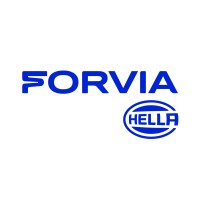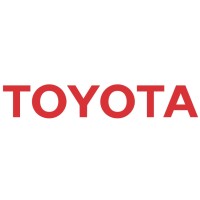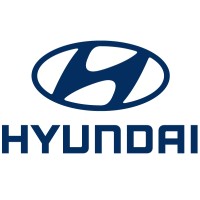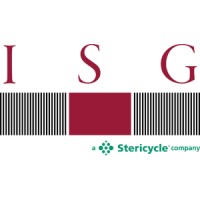Company Cyber Security Posture
NANA
NA Company Details
NA
NA
NA
NA
NA
NA
Scan still pending
NA
NA
Between 200 and 800
This score is AI-generated and less favored by cyber insurers, who prefer the TPRM score.
 NA Global Score
NA Global Score.png)

Company Scoring based on AI Models
| Model Name | Date | Description | Current Score Difference | Score |
|---|---|---|---|---|
| AVERAGE-Industry | 03-12-2025 | This score represents the average cybersecurity rating of companies already scanned within the same industry. It provides a benchmark to compare an individual company's security posture against its industry peers. | N/A | Between 200 and 800 |
Company Cyber Security News & History
| Entity | Type | Severity | Impact | Seen | Url ID | Details | View |
|---|
Company Subsidiaries

NA
Access Data Using Our API

Get company history
.png)
NA Cyber Security News
Changes in the Executive Board of GRAMMER AG
URSENSOLLEN, Germany - June 18, 2025 (NEWMEDIAWIRE) - Thomas Strobl, member of the Executive Board, will leave GRAMMER AG by mutual ...
Grammer Acquiring Toledo Molding & Die
Toledo Molding & Die is a supplier of thermoplastic components and assemblies for the auto industry. Industrial Opportunity Partners acquired ...

NA Similar Companies

FORVIA HELLA
FORVIA HELLA is a listed, international automotive supplier. Coming together with Faurecia in the FORVIA Group, we build the world's seventh largest supplier of automotive technologies. As a global market leader in high-growth areas, FORVIA employs 157,000 people worldwide. FORVIA HELLA therein stan

Gabriel India Limited
Established in 1961, Gabriel India Limited is the flagship Company of the ANAND Group. It is a market leader for pioneering Ride Control Products to the automotive industry in India and is one amongst the Top 10 suspension manufacturers globally. Its product portfolio ranges from Shock Absorbers, S

Toyota North America
At Toyota, we’re known for making some of the highest quality vehicles on the road. But there is more to our story. We believe in putting people first and creating opportunities for our team members to build careers as unique as they are. As one of the world’s most admired brands, we are leading the

Hyundai Motor India Ltd.
Hyundai Motor India Limited (HMIL) is a wholly-owned subsidiary of Hyundai Motor Company (HMC). HMIL is India’s first smart mobility solutions provider and the number one car exporter since its inception in India. It currently has 12 car models across segments GRAND i10 NIOS, All New i20, i20 N Line

Royal Enfield
The oldest motorcycle brand in continuous production, Royal Enfield made its first motorcycle in 1901. A division of Eicher Motors Limited, Royal Enfield has created the mid-sized motorcycle segment in India with its unique and distinctive modern classic bikes. Royal Enfield operates in 60+ countr

Impartial Services Group
Connecting with today’s vehicle buyer in a challenging multichannel world requires automotive expertise, cutting-edge technology, and high-level engagement. The Stericycle ExpertSOLUTIONS suite of automotive services, formerly Impartial Services Group, strengthens the link to customers and prospects

Frequently Asked Questions
Explore insights on cybersecurity incidents, risk posture, and Rankiteo's assessments.
NA CyberSecurity History Information
How many cyber incidents has NA faced?
Total Incidents: According to Rankiteo, NA has faced 0 incidents in the past.
What types of cybersecurity incidents have occurred at NA?
Incident Types: The types of cybersecurity incidents that have occurred include .
Additional Questions
What Do We Measure?
















Every week, Rankiteo analyzes billions of signals to give organizations a sharper, faster view of emerging risks. With deeper, more actionable intelligence at their fingertips, security teams can outpace threat actors, respond instantly to Zero-Day attacks, and dramatically shrink their risk exposure window.
These are some of the factors we use to calculate the overall score:
Identify exposed access points, detect misconfigured SSL certificates, and uncover vulnerabilities across the network infrastructure.
Gain visibility into the software components used within an organization to detect vulnerabilities, manage risk, and ensure supply chain security.
Monitor and manage all IT assets and their configurations to ensure accurate, real-time visibility across the company's technology environment.
Leverage real-time insights on active threats, malware campaigns, and emerging vulnerabilities to proactively defend against evolving cyberattacks.




